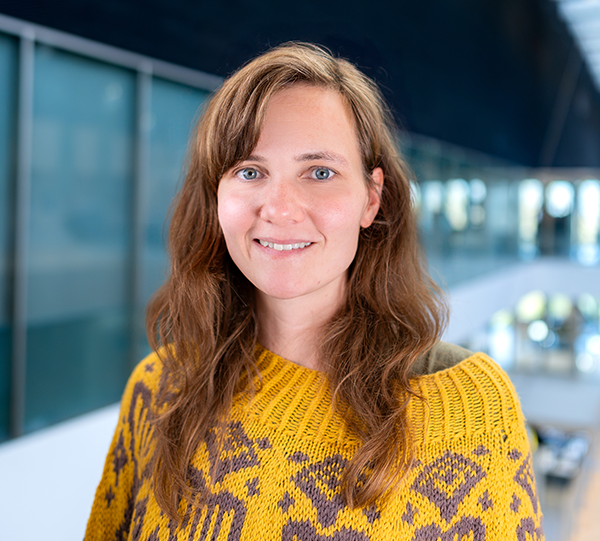Instrument calibration
With an uncalibrated instrument you might not know which direction data comes from, how bright a source really is, or how distant. In other words: instrument calibration has a direct impact on how useful data are. Therefore, every instrument we fly needs to be fine-tuned and understood in detail before launch. To gather this information, we build dedicated test setups and analyze terabytes of data. Our findings are used to improve the design of instruments, optimize the hardware settings, and are incorporated in the data processors that turn measurements into new knowledge.
Instrument performance
Instruments are never perfect. Neither do they need to be. Instruments are typically designed to measure something specific within given limitations such as development time, available budget and technological feasibility. It would be very disappointing if an instrument is launched to study something specific and it turns out to be too inaccurate to do its job. As instrument scientists we ensure that the measurements have the required precision and that we understand the limits. This is done by analytical computations and simulations that are compared with the data acquired in dedicated test setups.
Launch! And what next?
After launch data taking can start. The first data is rarely used for scientific purposes – first the health of the instrument needs to be tested. This is done in the commissioning phase. During this period dedicated measurements to characterize the instrument in-flight are taken. Once the instrument is declared healthy and acquiring data for the scientists, we keep an eye on it: space is a harsh environment and instrument performance typically reduces over time. If we see something suspicious, we can either try to improve instrument health or advise to update data processing.
I think the most beautiful aspect of the work as an instrument scientists is that we are involved from the very start of each mission until the bitter end: we get to experience the first design sketches, the first models, the final instrument, the first products from space, the evolution of the instrument during flight, and all the wonderful colleagues that are needed along the way.



